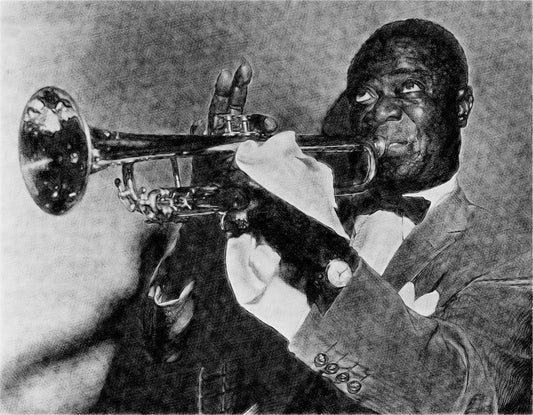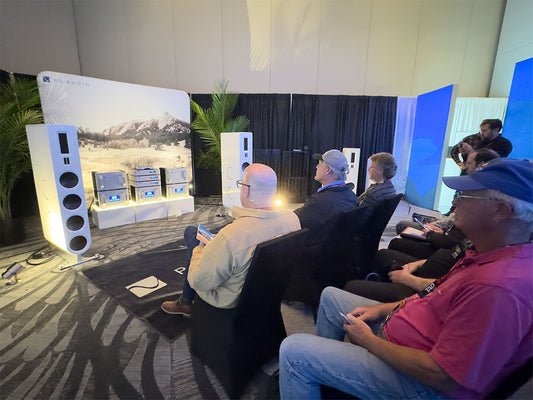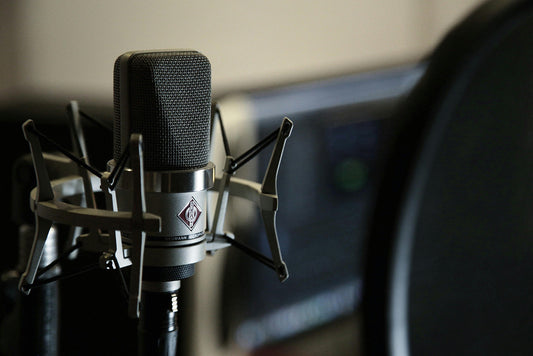Personal DSP
by Paul McGowan
Our hearing is a combination of what we receive from our ears and how those signals are processed by our brains.
As our ears change over time so too does our brain's interpretation. What this means is that we can compensate for the peaks and valleys in our ear's response.
Think of it as an internal DSP.
Our Digital Signal Processor has been running a full-time feedback loop—continuously adjusting our perception of sound to match the physical reality of our environment since our earliest days of childhood.
Thanks to our internal DSP we recognize voices and instruments with as much accuracy today as we did when we first learned them, despite the fact our hearing has changed.
Which is why scratching one's head over the results of a hearing test is probably a waste of time. Our internal DSP hasn't yet learned to equalize for test tones in the same way it does to fill in frequency gaps on the sound of a violin.
So if you've ever wondered why it takes a bit of time to adjust to a new system or upgrade, it's your internal DSP fiddling with the knobs.
It's enough to drive a measurementist crazy!
- Choosing a selection results in a full page refresh.
- Opens in a new window.








